In this day and age, we’re surrounded by leather; it’s in furniture, in leather goods such as bags, dopp kits, shoes (especially dress shoes), belts, portfolios, pen pouches, and more. Today, we’ll discuss the differences between chrome-tanned leather and vegetable (or “veg”)-tanned leather, which is better in various applications, and what you should invest your money in.
- Leather in Menswear
- Leathers & Their Characteristics
- Veg & Chrome Tanned Leathers
- The Leather Tanning Process
- Vegetable Tanning
- Chrome Tanning
- Advantages & Disadvantages
- What Are Veg & Chrome Tanned Leathers Best For?
- How Can You Tell The Difference?
- Buying Veg & Chrome Tanned Leather
- Conclusion – Veg Tanned vs. Chrome Tanned: Which is Better?
- Outfit Rundown
Really nice leathers, especially exotic leathers can be very expensive and so people expect them to last for quite a while. Because of that, a lot of terms are used to describe leather as being superior to other leathers in order to justify a higher price tag. Sadly, these terms are not legally protected and so a lot of people use them in many different ways thus, confusing the consumer and just a reason to make their products expensive.
Leather in Menswear
In recent years, vegetable leather has gotten an increasingly better reputation especially among leather and shoe enthusiasts. Paired with the fact that the vast majority of all leathers in the world today is chrome tanned, many people now associate that a high quality leather must be veg tanned and chrome tanned is always inferior. However, that couldn’t be further from the truth, no matter if you use leather for upholstery, gloves, shoes, or other leather goods.
Before we talk about vegan and chrome tanned leather, we have to understand why hides or skins need to be tanned in the first place to become leather. Even though there are technical advancements today and people are trying to grow leather in a petri dish, the leather you can buy today that is not vegan is always derived from animal hides or skins.
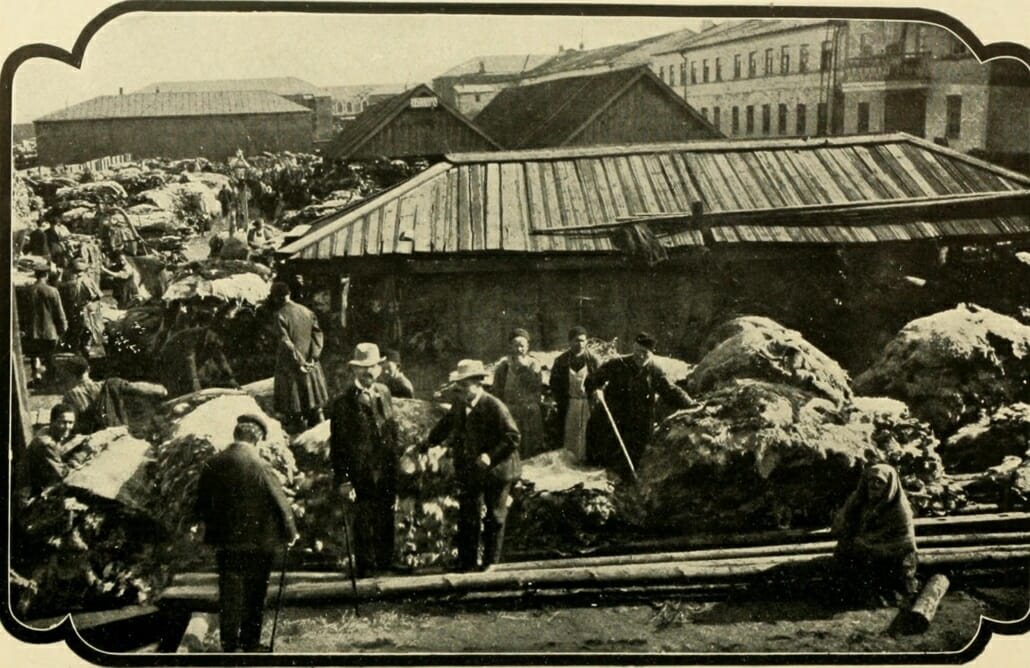
It’s always called hide if it comes from a larger animal like a cow or steer and it’s called skin if it comes from a smaller animal like a lamb. So, leather is nothing other than a hide or a skin that is preserved so it can be used and it doesn’t mold or rot or decay.
The process to get something from a skin or a hide that may dry out or rot to leather that is beautiful and long-lasting is called tanning. The term tanning is derived from tannins which is a natural substance that you can find in tree barks, leaves, and fruits for example. Through tanning, we make skins more durable, flexible, and also softer and much more beautiful.
Which leather is best for each accessory type?
Leathers & Their Characteristics
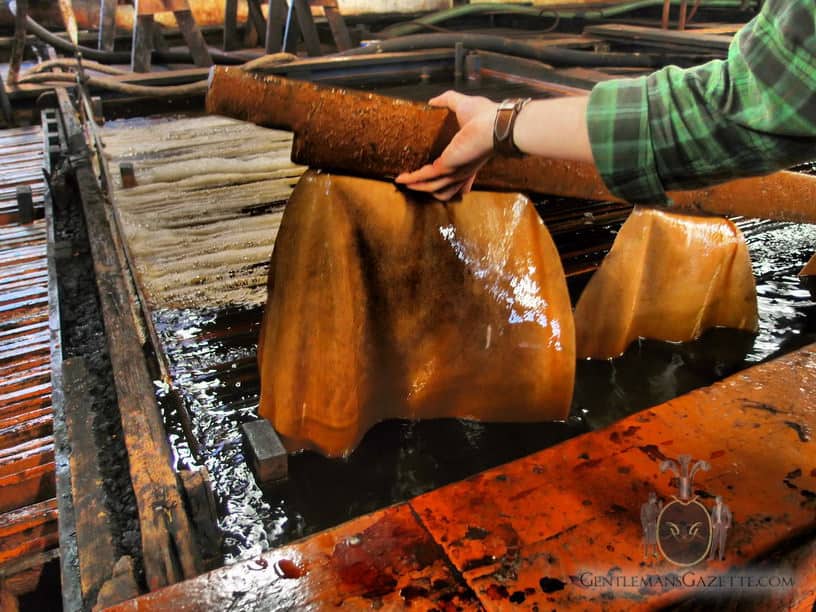
Types of Leather
There are many different types of leathers and all of the different characteristics influence the final product in different ways. For example, a skin or hide can come from different animals. It can be a cow or a calf, can be a crocodile, an alligator, a goat or even a kudu. There are also many exotic leathers such as elephant or lizard or even salmon or stingray.
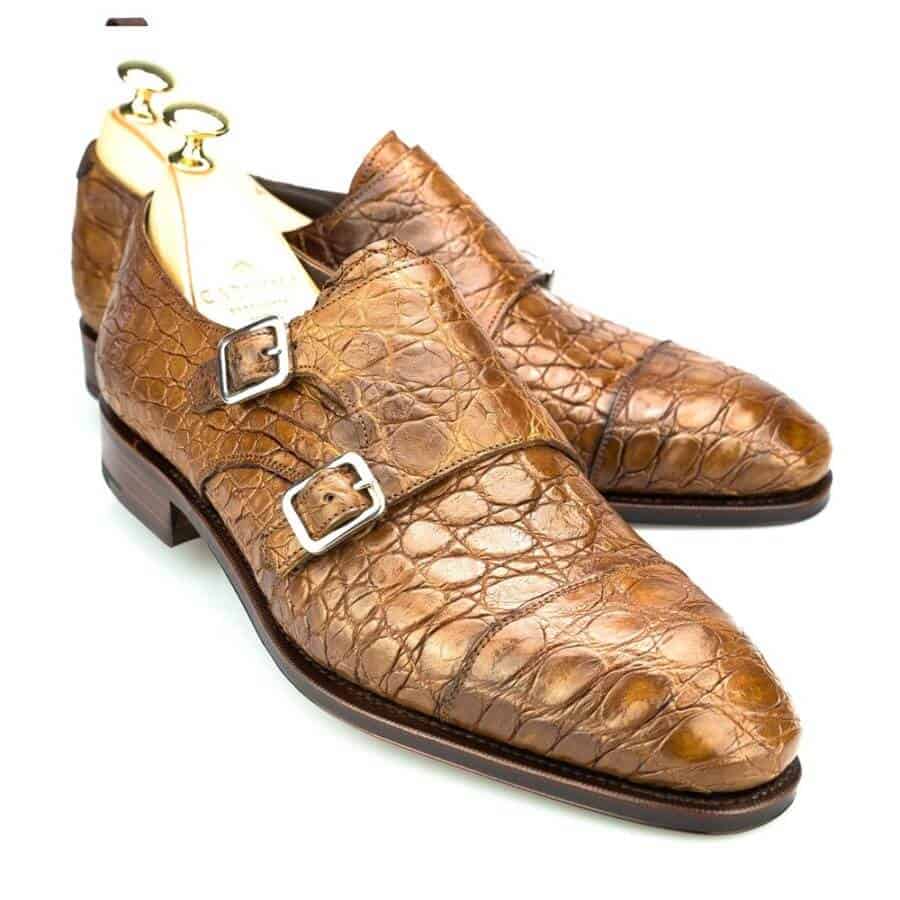
Leather Qualities
The leather qualities are often described as top grain which is then subdivided into full-grain and corrected grain and you also talk about aniline and semi-aniline dyed, as well as pigment dyed, and nubuck and suede leather as well as split leather. You can also have different finishes such as printed leather, embossed leather, or patent leather. On top of that, the tanning process can be different it can be chromed tanned, veg tanned, a combination thereof or be a chamois leather for example.
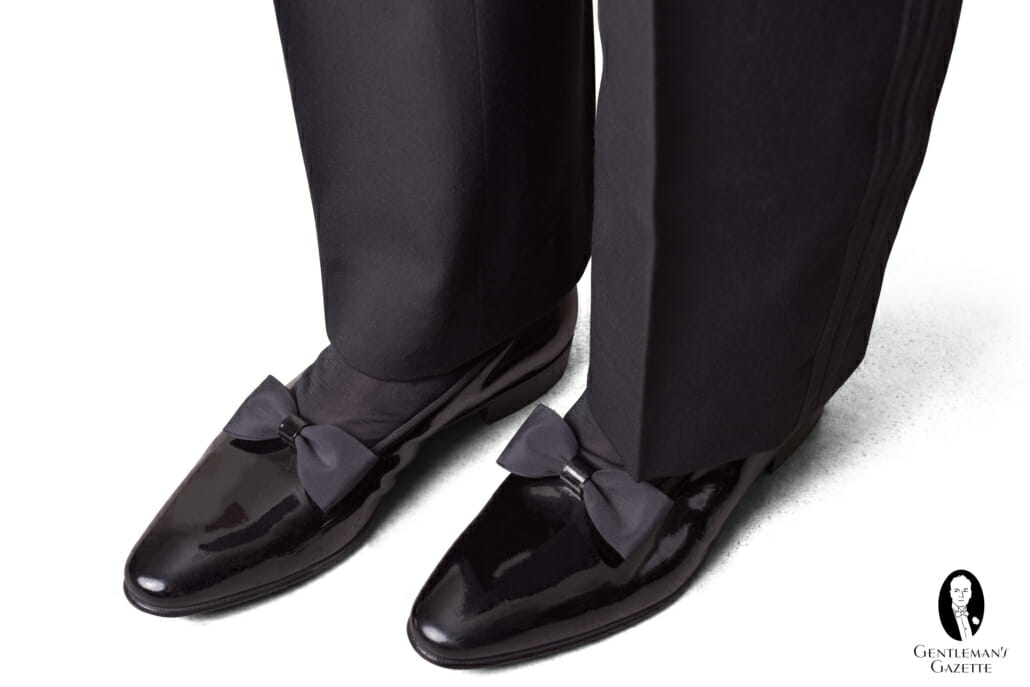
Country of Origin
Last but not least, the country of origin is often used to imply a higher quality standard. Just think of Italian leather for example and how it is used in marketing today. Even within countries, every tanner has a slightly different recipe that they protect and keep in their family and as a result, there are thousands of different kinds of leathers even though they may all be Italian box calf leathers.
These are lots of terms and today, we’re only going to cover veg-tanned and chrome-tanned and all the other types of leathers and the quality classifications will be covered in another post so stay tuned.

Veg & Chrome Tanned Leathers
Traditionally, all leathers were vegetable-tanned because that’s what was available. Chrome tanning wasn’t invented until 1840 and it used a chromium sulfate salt to accelerate the tanning process and to provide different properties to the final product. The introduction of chromium soles was probably the biggest change in tanning history up until then and ever since.
The Leather Tanning Process
1. Sourcing Raw Hides
Even though veg-tanned leathers and chrome tanned leathers are different things, the beginning of the process of tanning are all the same. It all starts with the raw hides and typically, they’re a byproduct of the meat industry. So generally, no animals are killed just to get their hides to make leather out of it. For example, let’s look at calf leather. It’s derived from calves for the meat and then you end up with the raw skin that still has the hair on now. Even at this stage, you can find quality differences. For Fort Belvedere products, we only use calf hides that come from alpine cows or calves and because of that, they have fewer bug bites and the final result will be a leather with fewer imperfections.

2. Removing Hair
In a tannery, the first step is to remove the hair and to do so, they’re immersed in a chemical solution for about 24 hours. Even though the hair today is removed by a machine with a knife, in the past it used to be done with a dull knife or a special tool with metal but you can even do it by hand. Of course, machines are much quicker and more efficient and so they don’t just remove the hair but also any bits of flesh or fat that may still be on the skin. While many tanneries simply discard the hair, others use it as a biofuel so they truly don’t waste anything in the process.

3. Rinsing
The next step, a talkum solution is sprayed onto those raw hides and then they are placed in wooden barrels where they’re rotated regularly over the course of a day or two. During this rinsing process, the PH of the hides or the skins is lowered so the hides are in perfect condition to be subsequently tanned. So in other words, this is just the pre-tanning process and the real tanning comes afterward.

Once the hide is at the right PH, they come out of the barrels and they now have this unnaturally light blue color because of the talkum solution. The regular ends are cut off and using machines, the leather is brought to a uniform thickness. Up until this point, veg tanned and chrome tanned leather undergo the exact same process.
Vegetable Tanning
Not all veg-tanned leathers are the same and of course, it depends on a specific recipe and the purpose of the leather later but they will all be tanned using tannins. For example, for shoe sole leather, tannins from oak bark are often used. Others use tannins from the chestnut tree or chestnut fruits themselves or the mimosa tree. Sometimes, the tannins are also derived from leaves.

Typically, when used in a tannery, they arrive in the form of a powder that is then just mixed with water to create a tanning solution. The prepared hides are then fully immersed in this water and tannin bath. Most veg tanneries have different pits with tanning solutions of a different concentration and a hide may start out in the lowest concentration one and move all the way up to the highest concentration one thus, yielding in a superior product. This entire process can take months and sometimes 15 months. Once the tanning process is completed and the height is preserved, it is now time to color them.
4. Softening & Treating
After the tanning, the hides are quite stiff and hard and so you can also soften them and the coloring and the softening is done again in drums — they can be metal drums but traditionally they used to be wooden drums. Depending on the desired finish, things like fats or waxes such as beef tallow or beeswax can now be added and even though they’re hard under room temperature conditions, heat can be applied to make sure it’s evenly coated on the top surface of the final leather.

Again, every tanner and every tanning family has their secret recipes and procedures that are not public knowledge. Because of that, leathers from different tanneries may look alike at first but once you get closer, once you touch it, once you feel it and smell it, you can always tell there are subtle differences between the leathers.
Leather is typically tanned, treated and finished with a specific goal purpose in mind. So a shoe upper leather has to be different than a shoe sole leather has to be different than a glove leather or leather you want to use for a bag or small leather goods. Why? Well, just think about the glove made out of a stiff leather. It’s not just uncomfortable, it also doesn’t fit well and you want some flexibility because your hand moves. At the same time, if you use this leather on the soles of your shoes, it’ll be worn out in a few weeks.
5. Washing & Finishing
Once the leather is colored and has the right softness, it is washed and then the moisture is usually mechanically removed or it is air-dried under very specific conditions of temperature and humidity levels. Last but not least, the finishing process of leather can have a huge impact on how it’s perceived, and sometimes a lower quality leather at this stage can look really really great because someone really understands how to finish leather well.
There are differences in whether the leather is stained and padded by hand or by machine. It can also be spray finished or embossed or rubbed or sanded. You can also buff it, roll it, polish it, or have a combination thereof.
Examples of Vegetable-Tanned Leather
Tannins can also be found in urine and so there are traditional ways of tending leather using urine. Yes, you heard right–pee! I even know people who went to Morocco and bought a really nice leather bag. They brought it back to their apartment in Chicago, and one day they came home and the entire place smelled like urine. Well, they realized it was the leather bag and it had to go.
In recent years, veg tanning has again become increasingly popular and you can find veg tanners on basically every continent except maybe Antarctica. However, in certain parts of the world, veg tanning has never been out of fashion.

There’s this little town of Santa Croce in Italy where you find hundreds of different tanners all focused on veg leather tanning. There is even a consortium called Vera Pelle Italiana Conciata Al Vegetale. These people are solely dedicated to veg tan leather in a traditional way but that doesn’t mean that innovation stops there. They constantly try to improve their leathers and what they’ve come up with are some really beautiful colors and finishes that are of very high quality.
Other famous examples of veg-tanned leather are the oak bark tanned leathers from Johann Rendenbach in Germany or J & FJ Baker in England. But of course, you can also find them in Italy and other countries. When it comes to upper leather, one particularly beautiful and special veg tanned leather is the Russian grain calf from Baker in England. Not only does it have a special hatch grain embossed look but is also pit tanned over the course of 14 months. The tannins are derived from oak, willow, and birch barks and they even add things like fish oil to the process. In the end, they add a birch oil which gives it a very strong and smoky smell that is just wonderful.

As mentioned earlier, there are tons of tanneries in the Santa Croce area who all produce beautiful leathers. It takes a long time to tan veg-tanned leathers and color them and because typically, they’re not pigment dyed or coated on top, it usually means veg-tanned leathers start out with higher quality skins and it is a high-quality product in the end as well. And that, of course, means it costs more than conventionally chrome tanned leathers.
Chrome Tanning
When it comes to chrome tanning, the number one reason people use chromium salts is because this speeds up the tanning process, and the tanning itself can be done in less than a day. On the one hand, big factories of chrome-tanned leather can be almost fully automated from start to finish but it can also be made in a very traditional craftsman style way like veg tanned leather.
Probably, 90% or more of the leathers today are chrome tanned and because of that, it shouldn’t come as a surprise that the quality spectrum and the difference in the hides is much bigger for chrome tanned leathers than it is for veg-tanned leathers.

Again, while many enthusiasts now assume that veg tanned leather is always superior to chrome tanned leather, I urge you to not take this as a fact because they’re excellent chrome tanners such as Weinheimer or formerly Freudenberg, which provide for example the upper leathers for all the high-end bespoke shoe and shoe makers in the world and people love their stuff and it’s chrome tanned. Also, high-quality brands like Hermes use chrome-tanned leather and they really focus big time on quality. So just saying leather is better or more high quality because this veg tanned, is simply not true.
Advantages & Disadvantages
1. Softness
Chrome tanning allows you to end up with leathers that are really thin, soft and flexible which is perfect for glove production. And because of that, at Fort Belvedere, we only use chromed tanned leathers for our gloves. They’re either derived from peccary skins from Peru or lamb nappa skins that are originally from Ethiopia and they’re then tanned in Italy. That way, we make sure you get a glove that is super soft, that fits you well that is really comfortable to wear and of course it looks very dapper.

2. Water-Resistance
Chrome tanned is naturally a little more water repellent than a veg-tanned leather. That being said, you can treat leathers today with the fluorocarbons that make water pearl right off. Of course, you can also get a suede spray and spray leather afterward but it’s usually not as effective as when it’s part of the dyeing process and the tanning process.
3. Colorfastness
Chrome leather also typically holds color much better, is more colorfast and you can also have a much larger range of brighter colors versus veg-tanned leathers are oftentimes a little more subdued which can be elegant and nice, but you just can’t replicate that full-color spectrum that you can on chromed tanned leathers.
4. Heat-Resistance
Chrome leather also endures heat better which is one of the reasons why actually burnishing which is a process of using wax and heat to seal edges is much easier on veg-tanned leather.

5. Absorbency & Patina
Because most veg-tanned leathers are aniline or semi-aniline dyed, they have a nice open pore structure which is absorbent and so any type of sweat, fat or wax that you expose the leather to over the course of regular use, helps to develop a unique patina. On the flip side, chrome tanned leathers especially the ones that are pigment dyed will not develop that same kind of a patina but you can have an aniline-dyed, chrome tanned leather that will also develop a beautiful patina over time.
So in nutshell, chrome tanned leathers allow for soft, supple and durable leathers that can be held in a wide range of colors and on the flip side, a veg-tanned leather is oftentimes more muted in the color but it has a nice soft and supple touch and can be beautifully burnished and it develops a nice patina.
What Are Veg & Chrome Tanned Leathers Best For?
While some people swear by one or the other, we believe that there is space for both depending on the use case. For example, a shoe lining should preferably be veg-tanned because it’s much closer to your skin. Also, if you have an allergy to chrome, chrome leather is of course off the table. You want your wallet to look good three years down the line, you probably want some chrome tanning. On the other hand, if you wanted to have bent edges and really darken over time and get this patina that tells a history, then the veg-tanned leather is better.
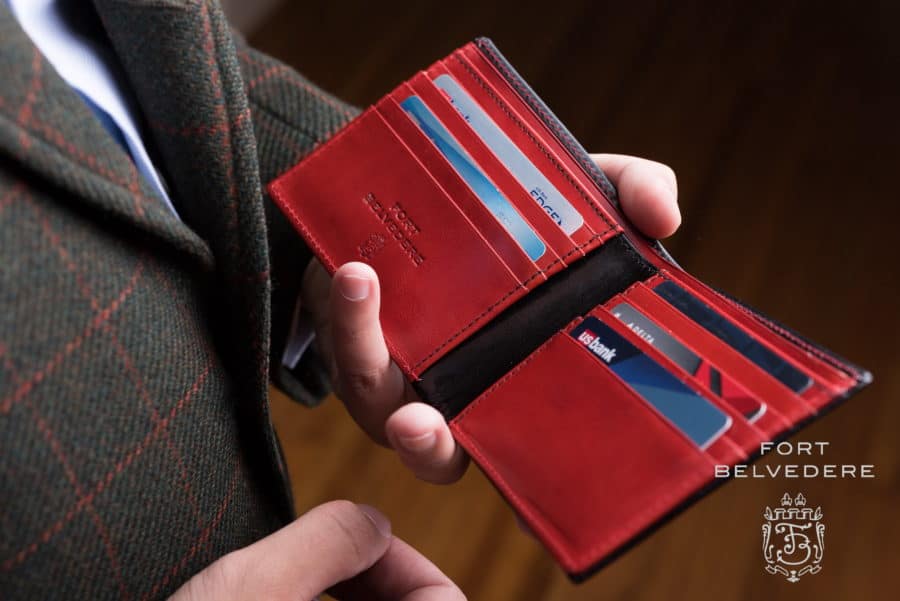
In terms of the environment, veg-tanned leather is definitely better because the tannins are natural material versus chrome tanning requiring those chromium soles which are not easy on the environment. It also requires a lot of water to wash everything out which in many parts of the world is a rare good. At Fort Belvedere, we always try to understand, “What are we trying to achieve?” For example, for a belt leather or belt lining, I would stick with chrome leather because it’s more colorfast and it doesn’t color off on your clothes. The same is true for soft glove leather.
On the other hand, if we were to make a leather bag, I could see us using veg tanned leather or if we have shoe soles or shoe linings.
How Can You Tell The Difference?
Well, frankly just by looking at it and touching it, can be quite difficult. When I went to Linea Pelle, I showed people certain leathers. Even tanner families that have been doing this for generations weren’t always able to tell if something was veg tanned or chrome tanned. The best way to find out what it is is obviously to have it sent to a lab but that’s often impractical and very costly so you can also burn the leather. I found out that if you burn a veg-tanned leather, it kind of has white smoke when the flame goes out, the flame is very orange and it doesn’t have a very strong a particular smell.

On the flip side, if you burn a chrome tanned leather, it usually has a more bluish smoke and it really smells strongly and unpleasantly. So when you have that smell, it is likely a chrome tanned leather. Of course, this is not helpful if you have a finished leather good so don’t just burn your shoe because then you won’t be able to use it, of course. So, next time you buy a pair of shoes or some leather goods, make sure you bring your lighter and burn a hole into it and try to smell to figure out what kind of leather it is. Just kidding!
Buying Veg & Chrome Tanned Leather
If you still can’t decide whether you should buy veg tanned leather or chrome tanned leather, I’ve good news for you. Just buy the best of both worlds such as Horween Chromexcel which is actually a combination of chrome tanned and veg tanned.
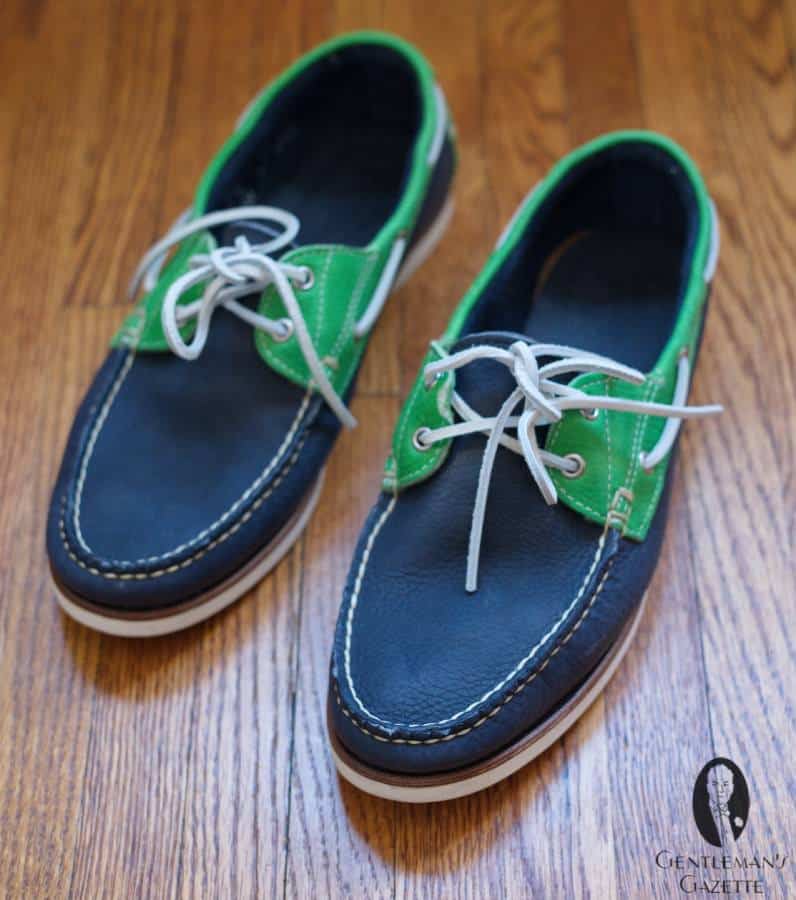
Past, I visited the tannery myself and I saw how they did it. So, why would you combine chrome and veg tanned? Well, you get good properties of both. You get the softness and the suppleness of the chrome tan but you also get an interesting color depth of the veg tan. What they do there too, they call it hot stuffing where they use tallow and beeswax and heat to create a pull-up effect which means when you pull on the leather, the wax and the fat on top is a little bit removed and it gets lighter and over time it darkens again and that just creates a wonderful patina.
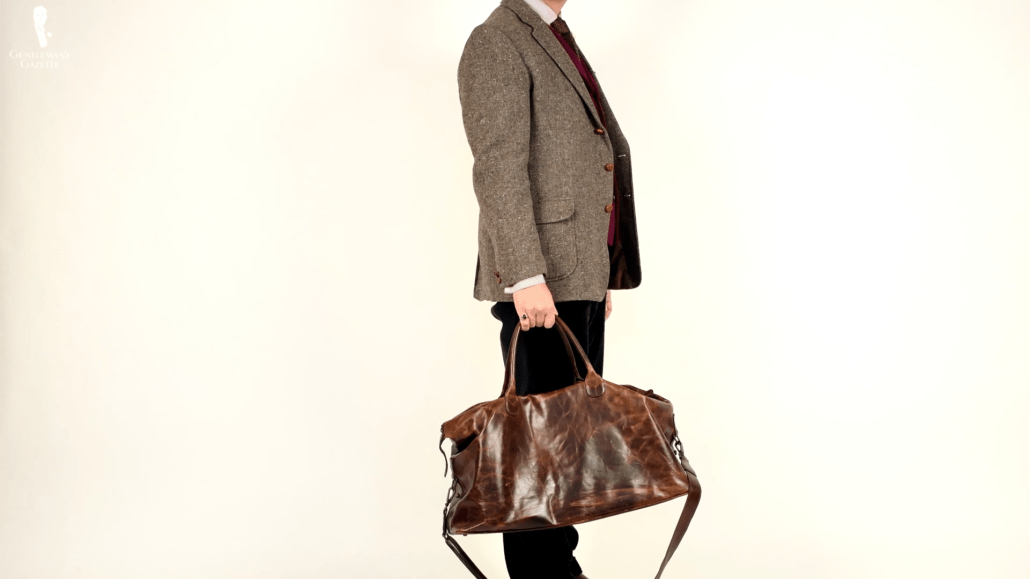
However, not everyone likes this because it’s really different when you pull on it but I think on furniture leather, for example, it looks awesome.
Conclusion – Veg Tanned vs. Chrome Tanned: Which is Better?
Again, there is no absolute right or wrong. There is just the purpose that you want and personal preferences like if you have a chrome allergy, of course, don’t get chrome tanned leather or maybe have it in a part where you never touch it directly. What’s much more important is that how leather is tanned is, if the leather is in general of high quality.
Do you have a preference between chrome-tanned and veg-tanned leathers? Share with us in the comments!
Outfit Rundown
I’m wearing a brown Belstaff trailmaster leather jacket. It’s basically made out of a chrome-tanned leather that has a pull-up effect, it’s cowhide is brown, but it has a nice color depth and it’s beautiful.
I’m combining it with a polo shirt and a pair of jeans and some chrome-tanned jodhpur boots from Scarosso. The brown tone is very similar and it just goes well together and provides a consistency in my outfit but I could also wear a different kind of leather boot; for example, some bison leather boots.
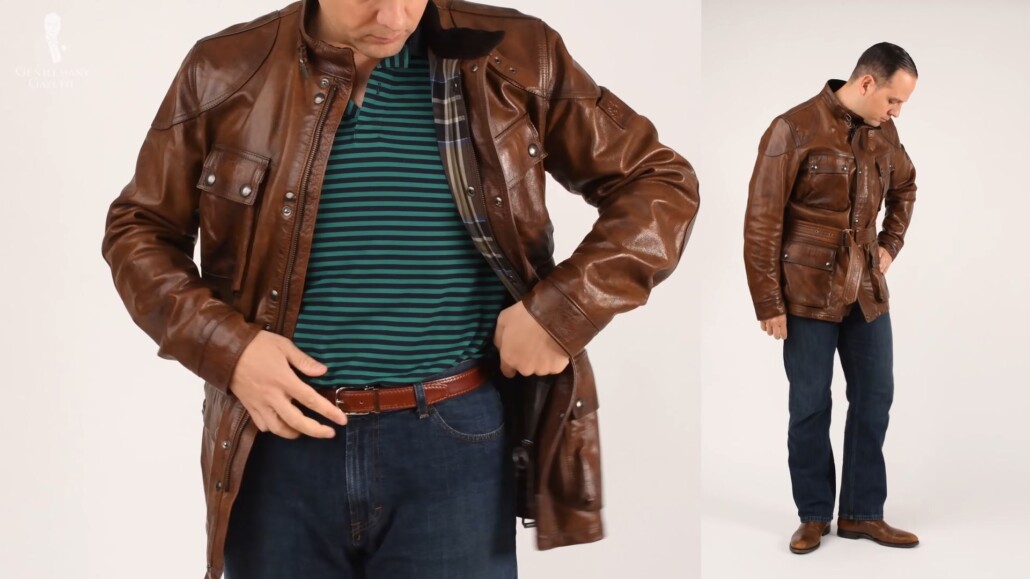
For my belt, I’m wearing a brown one from the Fort Belvedere belt system with an exchangeable buckle. The inside is a green saffiano style leather which is chrome-tanned, color fast and has this saffiano embossed texture which is perfect on the inside of a belt. On the outside, it’s a semi-aniline dyed box calf leather from a very fine small family tannery in Germany from alpine cows.
It will develop a nice patina, it has open pores, it’s not sanded or grain-corrected and it’s just of high quality all around. We also made it a little stiffer than most other belts because over time, leather belts get softer, and in my mind, they’re often so soft that they then lose their shape and we wanted to create a belt that is long lasting and that keeps its shape.
So all the leathers here in my outfit are chrome-tanned but I also like veg tanned leathers and have many other goods in veg tanned and I simply love them both. That being said, what’s much more important than veg tanned or chrome tanned is if the leather is in general of high quality.



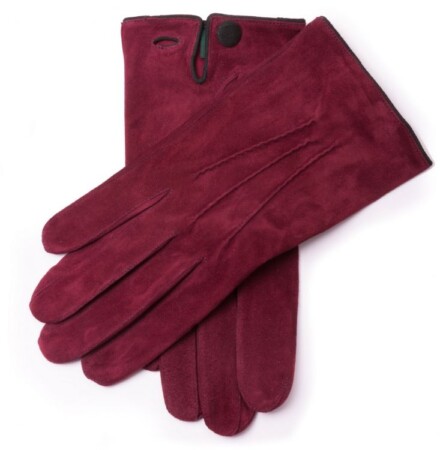
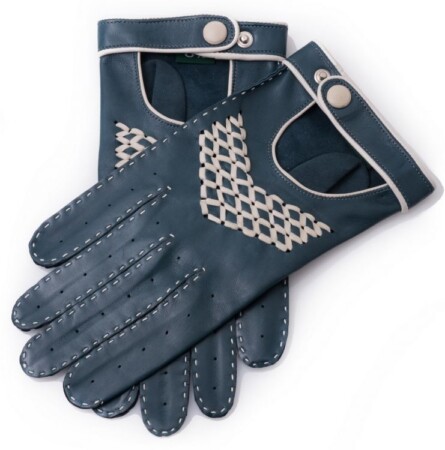
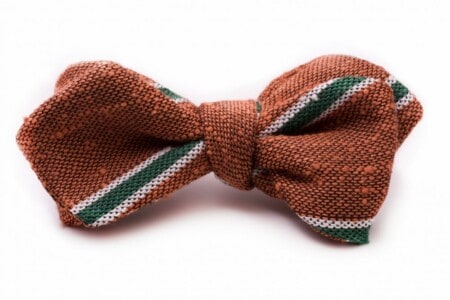
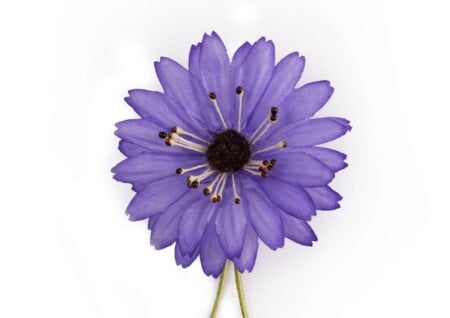

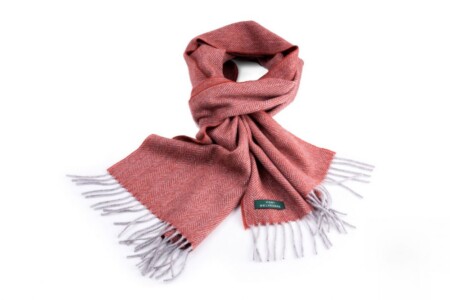

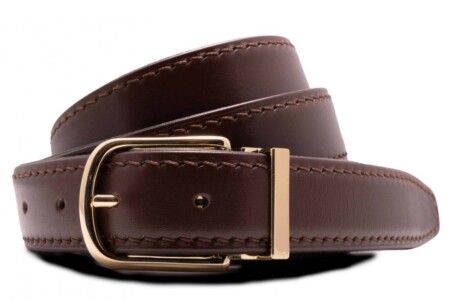
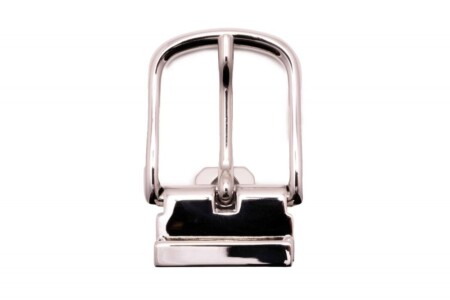
I thought I saw a Raphael a-creeping up on me
I did! I saw a Raphael as plain as he could be
Thank you for another great and informative video. I tried to hear multiple times but did not understand the brand name of Jodhpur boots you mentioned, can you share that please?
Scarosso is the brand
Thank you Sven. Much appreciated.
As always, this is a well-written and informative article. Just one comment…could you say more about the environmental impacts of each type of tanning and dying method? The chrome tanning method has historically caused huge problems in less-developed parts of the world (as have the various fabric dying methods) to local water supplies. To that end, companies like the German shoe company, Trippen, only use vegetable-tanned leathers, and include a full 8-1/2×11 info sheet to their customers about care for their products. With so much off-shoring of production here in the U.S., the previous toxicity issues have simply been moved somewhere else — out of sight, out of mind. Honestly, I’m not up to speed on any newer water scrubbing and other remediation technologies that probably exist, though I would also assume they’re often too expensive or otherwise onerous to be put in place outside the US and EU.
Thanks.